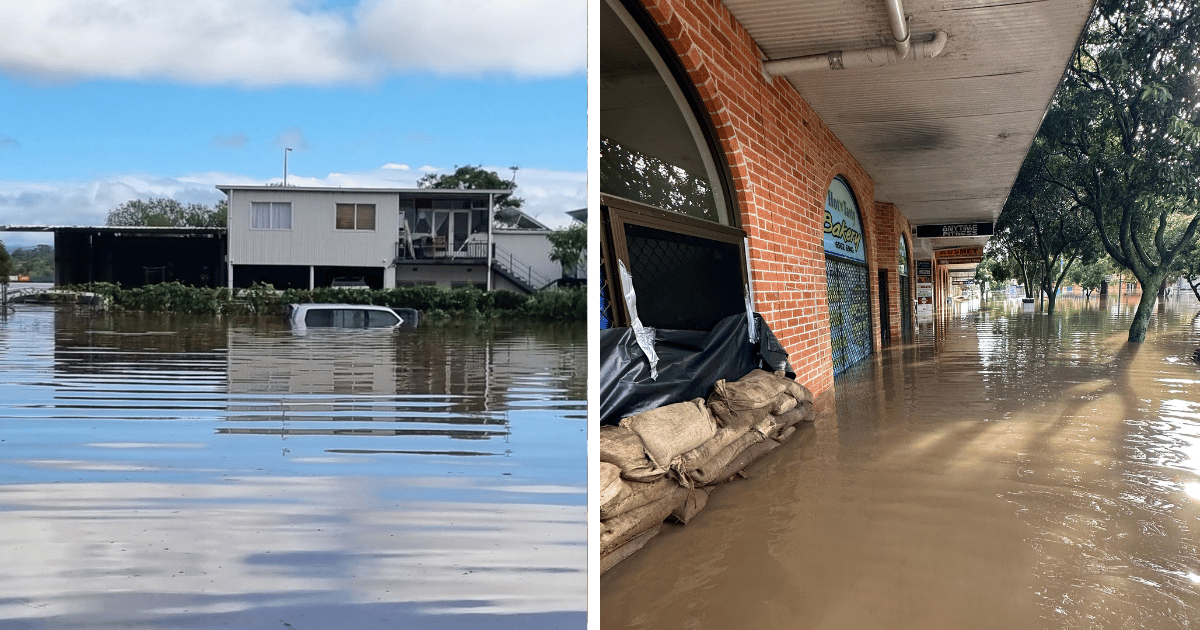The Mid North Coast is just the start: Can Australia keep funding disaster recovery?
"This is going to go on for 18 months to two years, the recovery. So the cost won't be known until the end of that, but it'll be a lot of zeros."

Natural disasters have already cost Australians more than $2.2 billion this year, and the government is warning that figure could rise to at least $13.5 billion in the near future. On the Mid North Coast, two major disasters have hit, leaving many to cobble their lives together and apply for assistance via state and federal government relief pathways.
But as communities struggle to rebuild in the face of consecutive catastrophes, questions are mounting: Can the government keep footing the recovery bill? And what happens when it can’t?
The Mid North Coaster recently spoke to Minister for Recovery Janelle Saffin and Recovery Coordinator Dave Owens about available support, focusing largely on just how the government can keep providing grants to affected communities across the Mid North Coast (let alone the country) when disasters are occurring so frequently – and are only predicted to become more destructive.
“It is more frequent, it's greater severity, less duration between, so happening more often,” Recovery Coordinator Dave Owens told the Mid North Coaster. “Yes, I wonder how the government will continue.”
“[The government is] certainly taking notice of the change because climate change is in most of the emergency plans that all agencies have, which is great.”
The cost of the recent flood event is yet to be determined as recovery continues.
“This is going to go on for 18 months to two years, the recovery. So the cost won't be known until the end of that, but it'll be a lot of zeros,” Owens said.
“Natural disasters are accounting for a lot more money within governments. And it's not just the New South Wales government. The Victorian government is struggling with it at the same time.”
Minister for Recovery, Janelle Saffin said that while scientists are saying severe weather events are becoming more destructive, the people are experiencing it first-hand.
“Are we getting more events? Yes. Are they more intense, more damaging? Yes, they are,” Saffin said. “I deal with consequences. And I'm mindful of that."
Saffin believes mitigation, adaptation and preparedness are key for the growing population of people who are unable to afford insurance and in some cases can’t relocate to other areas.
“We have to develop disaster adaptation plans,” she said.
“We keep doing the same recovery and my point is, better prepared, better response, better recovery, and that's where I'm aiming to.”
“Not everyone's going to move off the floodplain. If we've got businesses in a floodplain, they have to be more resilient, we've got to go early, we can't always wait to be told…it's protective measures.”
Insurance is simply not an option for many due to rising prices. Following the recent floods there were calls for increased government funding – which was granted to primary producers but not small businesses.
Saffin said it is simply not possible for the government to cover the entire cost of the disaster.
“I understand that people want the government to put them back exactly where they were, and that's not possible. And the grants are not compensation. They can't cover every bit of damage. They're a leg up,” she said.
Owens said grants have to have perimeters.
“It’s public money, so we're trying to be as rigid as we can, but flexible at the same time. I know that sounds a bit silly, but there's got to be processes in place.”
Thumbnail: May floods impact on Kempsey. (L) supplied Carlos Peters (R) Supplied Rod Mole.

